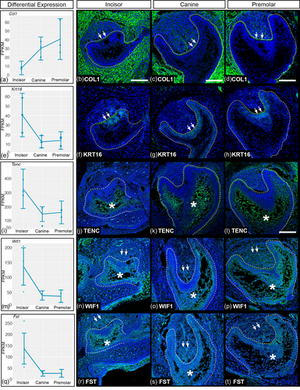The Role of Bacterial Infections in Cat Bites
Introduction
Cats (Felis catus) are domestic or house cats that may live with and around people as pets or working animals. Cats are mammals with four limbs. They vary in size but are relatively small. They may also be feral, meaning that they are a domesticated cat that is unused to or refuses human companionship and interaction.
Cat bites are the bites that occur when a cat bites another living organism. For the purpose of understanding bacterial infections in cat bite wounds, “bites,” on this page, will be understood to mean when cats break the skin of another organism, resulting in puncture wounds of varying sizes, rather than when cats bite or grab another organism between their teeth without breaking the skin as an act of play. Cats often bite other cats, humans, and other mammals or birds. Cats may bite other smaller organisms, such as rodents or small birds, in order to kill them. They may also bite other cats in combat. Cats most often bite humans when they are threatened or scared in an attempt to escape or defend themselves.
Genetics

Oral Bacterial Microbiome of Cats
According to a recent study that set out to establish the beginning of a feline oral microbiome taxonomic database using a provisional 16S rRNA gene-based taxonomy with full-length reference sequences, there are at least 171 distinct taxa for feline oral bacteria. The oral microbiome of cats is polymicrobial because they have many different aerobic and anaerobic microorganisms and both kinds of microorganisms are often found in wounds from cat bites.
Hospitalization Resulting from Infection
Cat bites are less common than dog bites in humans yet cat bites account for much higher rates of hospitalization. This is due both to the bacteria present in their oral microbiome and also to the structure of their teeth.
Section titles are optional.
Include some current research, with at least one image.
Call out each figure by number (Fig. 1).
Sample citations:
[2]
A citation code consists of a hyperlinked reference within "ref" begin and end codes.
For multiple use of the same inline citation or footnote, you can use the named references feature, choosing a name to identify the inline citation, and typing [4]
Second citation of Ref 1: [5]
Here we cite April Murphy's paper on microbiomes of the Kokosing river. [6]
Include some current research, with a second image.
Here we cite Murphy's microbiome research again.[6]
Conclusion
You may have a short concluding section. Overall, cite at least 5 references under References section.<be>
Other examples:
Bold
Italic
Subscript: H2O
Superscript: Fe3+
References
- ↑ Woodruff, E. D., Kircher, B. K., Armfield, B. A., Levy, J. K., Bloch, J. I., & Cohn, M. J. (2022). Domestic cat embryos reveal unique transcriptomes of developing incisor, canine, and premolar teeth. Journal of Experimental Zoology Part B: Molecular and Developmental Evolution, 338, 516–531. https://doi-org.libproxy.kenyon.edu/10.1002/jez.b.23168.
- ↑ Bartlett et al.: Oncolytic viruses as therapeutic cancer vaccines. Molecular Cancer 2013 12:103.
- ↑ Lee G, Low RI, Amsterdam EA, Demaria AN, Huber PW, Mason DT. Hemodynamic effects of morphine and nalbuphine in acute myocardial infarction. Clinical Pharmacology & Therapeutics. 1981 May;29(5):576-81.
- ↑ 4.0 4.1 text of the citation
- ↑ Cite error: Invalid
<ref>tag; no text was provided for refs namedabc - ↑ 6.0 6.1 Murphy A, Barich D, Fennessy MS, Slonczewski JL. An Ohio State Scenic River Shows Elevated Antibiotic Resistance Genes, Including Acinetobacter Tetracycline and Macrolide Resistance, Downstream of Wastewater Treatment Plant Effluent. Microbiology Spectrum. 2021 Sep 1;9(2):e00941-21.
Edited by [Author Name], student of Joan Slonczewski for BIOL 116, 2024, Kenyon College.

